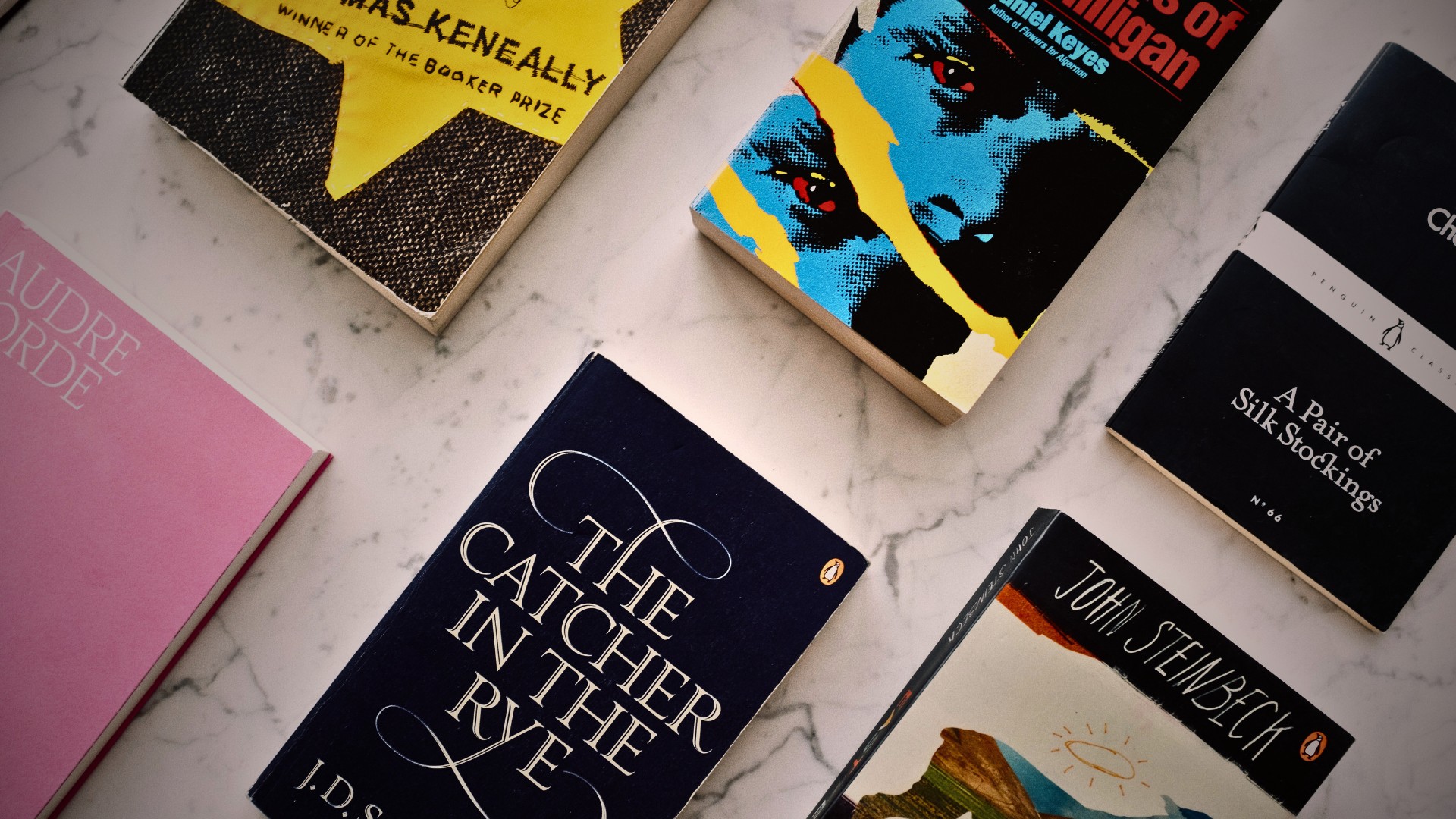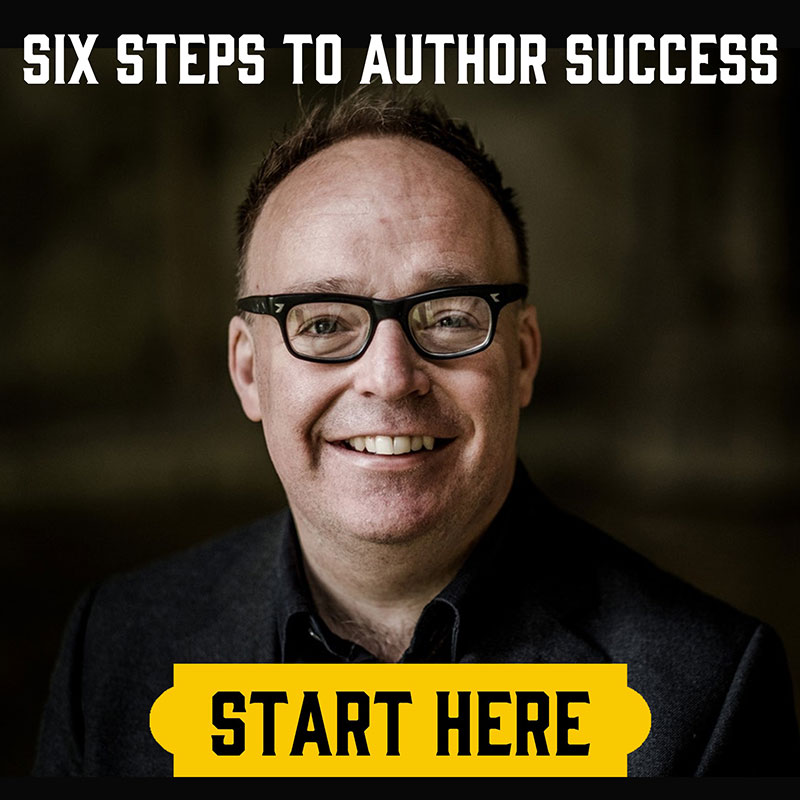How to Turn a Short Story Into a Novel

Perhaps you’ve been writing for a long time. Maybe you just got started. Either way, if you’re reading this article, it’s probably because you’ve written at least one short story, understand the mechanics, and would like to have a crack at something… longer. Many fiction authors reach this same destination eventually. Some of us get there after attending a writer’s group for weeks. Others after enduring a four-year MFA in Creative Writing. And some of us jump right in after scribbling a short tale in our lunchbreak to read to our kids before bed. However you’ve come to the conclusion, you probably feel it in the depths of your gut; you’re ready to write a novel.
It’s understandable, though, if the idea of crafting long-form fiction from scratch intimidates you. After all, the blank page is a daunting prospect that stifles many authors’ creativity. It’s common, when you stare at it, to feel the bleached surface stare back, leading you to ask yourself, “What can I do to make this ordeal easier?” A logical answer lots of new authors arrive at is to expand a short story. Indeed — manageable, approachable, familiar — starting with a short story and fleshing it out to create a novel feels like a simpler alternative. That’s not necessarily the case but, nonetheless, the misconception is a comforting thought that does help some authors.
If this scenario sounds familiar to you then consider yourself lucky to have stumbled into this blog post for, though you may be overwhelmed right now, you can use it to regroup and return more prepared. We’ll explore the differences between creating a short story and a novel, as well as how best to cross from one territory to the other, using advice from some of history’s greatest novelists along the way. Read on and you will learn how to approach a short story, armed with a tested strategy, and convert it into a novel that holds its own against comparable books.
Identify Common Mistakes
One of the first factors you must consider is what not to do. Prepare to make mistakes, sure, but new ones. Don’t repeat avoidable ones that authors of the past have already made before you. How do you avoid their pitfalls? Cast your mind back to the bad novels you’ve encountered. Think about what they did wrong and work to avoid the same errors. Don’t, for example, add characters, description, dialogue or subplots purely in the name of wordcount. As the prolific American novelist John Dufresne once said:
“A plot is just a string of events, sure, but if it reads like just a string of events then your book is dead in the water.”
You might have noticed this mistake in bad novels. The tell-tale signs are obvious: a “plot” in which characters jump between settings, acting as if they’re repetitive levels in a poorly designed game. They cry, laugh, argue and cry again, always reacting to contrived plot devices, totally devoid of authentic character development. Stuff happens but it’s plotless. You can get away with random events in a short story, but you must envision a narrative structure that makes sense for your characters to produce a popular novel. Try dissecting your story into bullet points and tease away anything that doesn’t logically connect. That way, you’ll create a more cohesive plot.
Learn About Pacing
It’s important for each act of a novel to feel like its neighbours. Most readers want a sense of progression but consistency between chapters unless they’re reading literary fiction designed to jump between unconnected scenes. However, that doesn’t mean that every chapter needs to contain the same level of tension. Indeed, it’s better if they don’t. Everything can happen at once in a short story. In novels, however, you need a plot in which tension builds on a rollercoaster curve, slowly scaling, one rung at a time, until those riding along can barely withstand the height. Then they want a thrilling release and for the author to restore equilibrium.
Successful authors — those who finish novel manuscripts — pace not only their novels, however, but also themselves, which is an equally valid skill to master. As a short story writer, you have no need to consider endurance. You can finish a short story in one sitting. A novel, meanwhile, requires far more work. Few maintain enough momentum to reach the final sentence at all. Stephen King once explained:
“Amateurs sit and wait for inspiration, the rest of us just get up and go to work.”
Heed his words because half the battle of turning a short story into a novel is digging deep. Expect to fight with daily resistance, though, and you’ll develop grit and, eventually, a daily writing habit that’ll carry you to the end.
Add Context
You might believe the only way to stretch 1,000 words into 80,000 — the average novel length — is to multiply the plot by 80. Yet it’s often not extra plot that separates novels from short stories. It’s extra context. Take characters, for example. How many perspectives exist in A Game of Thrones or The Guest List? Despite being different genres, both books contain several “main” characters. The interwoven tapestry of detail that several storytellers weave is what transforms otherwise simple plots into richer narratives. Hence, when converting your short story, consider if there are any meaningful characters you could develop or add to enhance your plot.
Likewise, what about worldbuilding? Short stories often succeed because of the details writers omit. In contrast, novels work in the opposite way. Readers want to know about the rituals cult members enact on Sundays and how goblins use a particular firewood to make their campfires burn blue.
“Words can be like X-rays if you use them properly – they’ll go through anything.”
At least, that’s according to Aldous Huxley who created one of literature’s most convincing fictional worlds in Brave New World. Remember that when you’re converting your short story. Readers want detail in their settings, systems and cultures, and language offers you lots of ways to give it to them.
Track Your Story
Typical short stories are straightforward: a renter chases a mouse; a girl falls down a well; a soldier loses his horse. Limited by wordcount, they only work if there’s minimal character complexity and a clear goal: kill the mouse; escape the well; find the horse. Often with full-size novels, however, characters can spend 200 pages following a false promise across a continent before they’re ready to confront inner turmoil. Stories can be convoluted enough for an author to forget what’s happened and when a character changed. But that’s fine for a novel if a character requires the space. As F. Scott Fitzgerald suggested:
“Character is plot, plot is character.”
The problem is that while it’s easy to envisage a story when the character makes three decisions in 1,000 words, dozens of decisions spread over 80,000 words are hard to keep in your head. Sometimes, you need notes to keep yourself organised, or at least record the key details. That way, you can create an artificial birds-eye view of your book to look over when you get confused over which characters exist and which ones you just thought aboutincluding. Call it an outline or a story bible — the exact method doesn’t matter. Either one can be extremely handy, even if they only cover tentpole moments and points around which the smaller details orbit.
Begin Writing
This final tip could try to encapsulate any number of novel-writing strategies. Ultimately, though, no advice can prepare you more than first-hand experience. Simply understand that it’s a lot harder to reach the end of a novel than you’ll expect, especially if you’re used to churning out snappy stories. Along the way, you’ll want to edit, take breaks, quit altogether — but resist, at least until you complete the first draft or you may never get to the end at all. Then edit, edit and edit again. Unlike a short story, which you can edit 10 times and still re-read for fun, you’ll likely be sick of your novel by the time it’s ready to publish. That said, as Roald Dahl advises:
“Good writing is essentially rewriting. I am positive of this.”
Admittedly, applied to a novel, editing becomes a far more arduous task that differs in scale and complexity to the ease of fixing a short story. As a short story writer, you can edit grammar and plot at once because one paragraph alteration is unlikely to break the space-time continuum in a two-page tale. With novels, however, it pays to separate the two tasks; first a structural edit, then a line edit after the plot is in place. It’s frustrating when you pull one loose thread and unravel a whole section of a tapestry, but this is the novel editing experience for many authors. All you can do is trust that the process will produce a publishable book in the end.
Ultimately, whether you follow all the guidelines in this blog post or just a few, you can still take a short story and turn it into a novel. When most authors get to that point, what they realise is that writing a novel is not only possible to do once but a repeatable exercise. Keep practicing and you’ll be able to adapt your style at will and maybe even write a novel without needing to start with a short story as inspiration.

Daniel Parsons
Dan Parsons is the bestselling author of multiple series. His Creative Business books for authors and other entrepreneurs contains several international bestsellers. Meanwhile, his fantasy and horror series, published under Daniel Parsons, have topped charts around the world and been used to promote a major Hollywood movie. For more information on writing, networking, and building your creative business, check out all of Dan’s non-fiction books here.
Grab Your SPF Freebies!
Sign up to receive your SPF starter package, which includes a free 3 part video series on getting started with FB ads, and inspirational and educational weekly emails.

